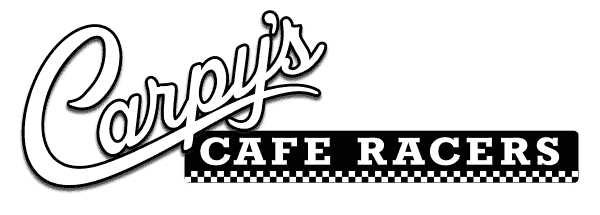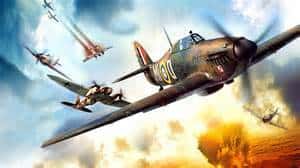Battle of Britain flypast commemorates 75 years since the ‘Hardest Day’ 18 Spitfires and six Hurricanes flew three routes across southern England The event recalled 18 August 1940, when Bromley’s Biggin Hill and other South East military bases came under attack from the German Luftwaffe. It became known as the “hardest day” as […]
-
-
- Home
- Meet Carpy
- Carpy’s Café Racers
- The Hot Tamale / HTML – Honda CB750
- The Rice Boiler – Honda CB750
- Tenacious Ton – Honda CB750
- Seoul Motion – Honda CB750
- Russ Collins Special – Honda CB1000
- The Lunsford – Honda CB750
- The Nut Basher – Honda CB750
- The Cosmic Cafe – Honda CB750
- The Cosmic Cafe – Honda CB750
- The Speedmaster – Honda CB750
- G.C.R. – Honda CB750
- The Revolver – Honda CB750
- The Cyclone – Honda CB750
- Shop Our Store
- Reader’s Rides
- Blog
-
-

